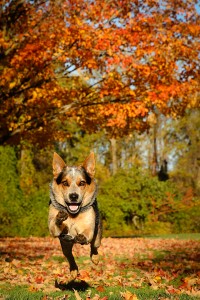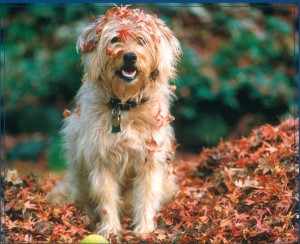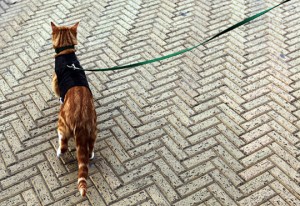
 Ahhhhh, fall— there’s nothing like crisp, cool air (FINALLY), the first months of school and foliage that attempts to tickle your senses with spectacular colors of yellow and orange, red and brown. Keep in mind, I said “ATTEMPTS”. My fellow feline and K9 pals, are also, welcoming the break from hot, sticky weather. But pet parents, beware—fall can also be a time of lurking dangers for my comrades. From household poisons to outside hazards, the season is a minefield! Here are some tips to keep your pet snug and healthy during the autumn months.
Ahhhhh, fall— there’s nothing like crisp, cool air (FINALLY), the first months of school and foliage that attempts to tickle your senses with spectacular colors of yellow and orange, red and brown. Keep in mind, I said “ATTEMPTS”. My fellow feline and K9 pals, are also, welcoming the break from hot, sticky weather. But pet parents, beware—fall can also be a time of lurking dangers for my comrades. From household poisons to outside hazards, the season is a minefield! Here are some tips to keep your pet snug and healthy during the autumn months.
The use of rodenticides increases in the fall as rodents seek shelter from the cooler temperatures by attempting to move indoors. Rodenticides are highly toxic to pets—if ingested, the results could be fatal. If you must use these products, do so with extreme caution and put them in places inaccessible to your pets. Remember, my feline friends can jump high and sometimes fit into very tight places.
Fall and spring and are mushroom seasons. While 99% of mushrooms have little or no toxicity, the 1% that are highly toxic can cause life-threatening problems in pets. Unfortunately, most of the highly toxic mushrooms are difficult to distinguish from the nontoxic ones, so the best way to keep pets from ingesting poisonous mushrooms is to keep them away from areas where any mushrooms are growing. Contact your veterinarian or the Poison Control immediately if you witness your pet eating a wild mushroom. (Keep in mind if your pet has been implanted with a Home Again Microchip, this call to poison control will be free 🙂 … and we all like FREE!!
Training tip: If you and your pooch haven’t been active outdoors in a while because of the summer heat, give him/ her a refresher course. Dogs, like people, can get alittle rusty. You know what they say?? If you dont use it, you lose it!
Autumn is the season when snakes who are preparing for hibernation may be particularly “grumpy,” increasing the possibility of severe bites to those unlucky pets who find themselves in the wrong place at the wrong time. Pet owners should know what kinds of venomous snakes may be in their environment—and where these snakes are most likely to be found—so they can keep pets out of those areas.
I certainly am in the hopes that your mind is a bit more sharpened to some of the hazards out there for our species and that of the canine variety.
TTFN







